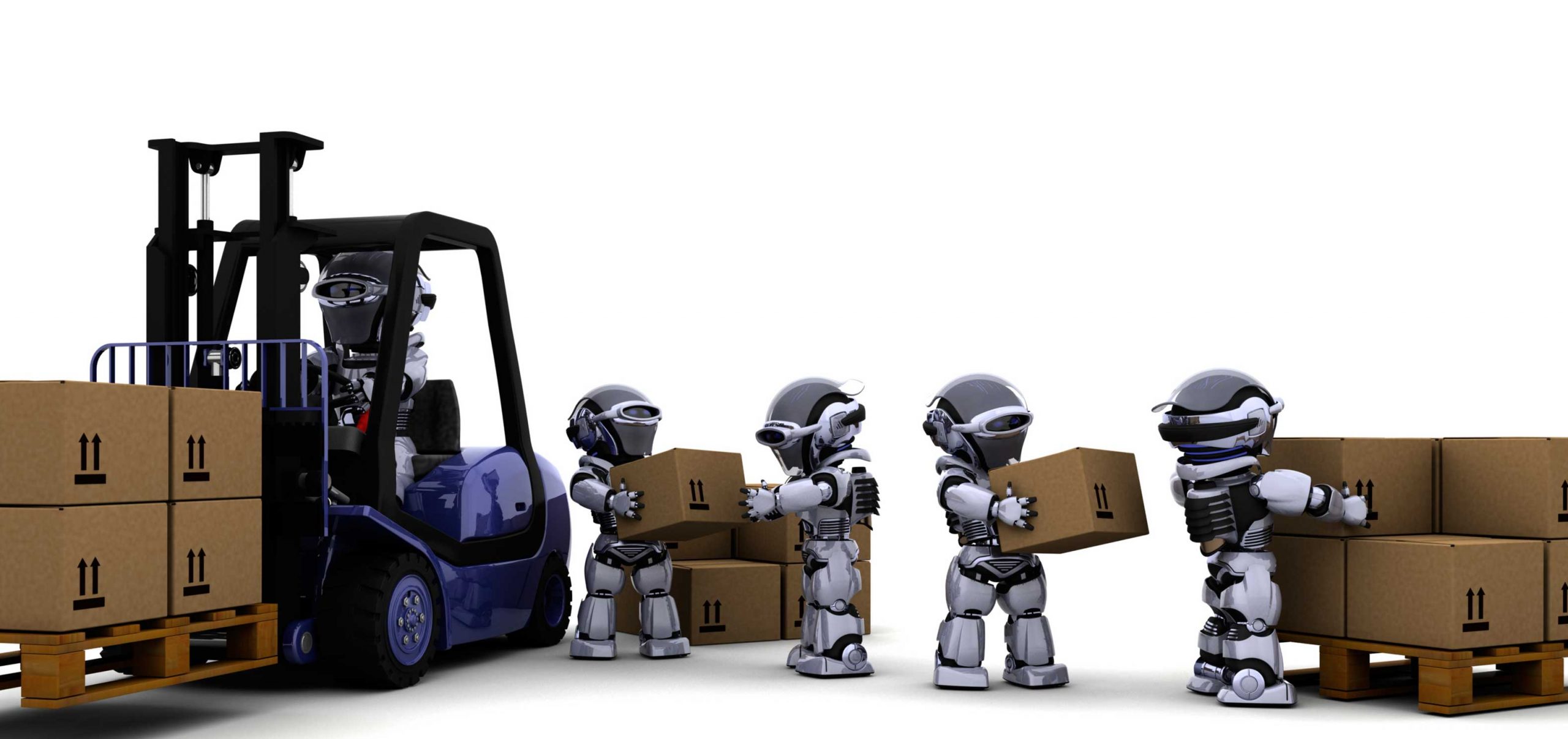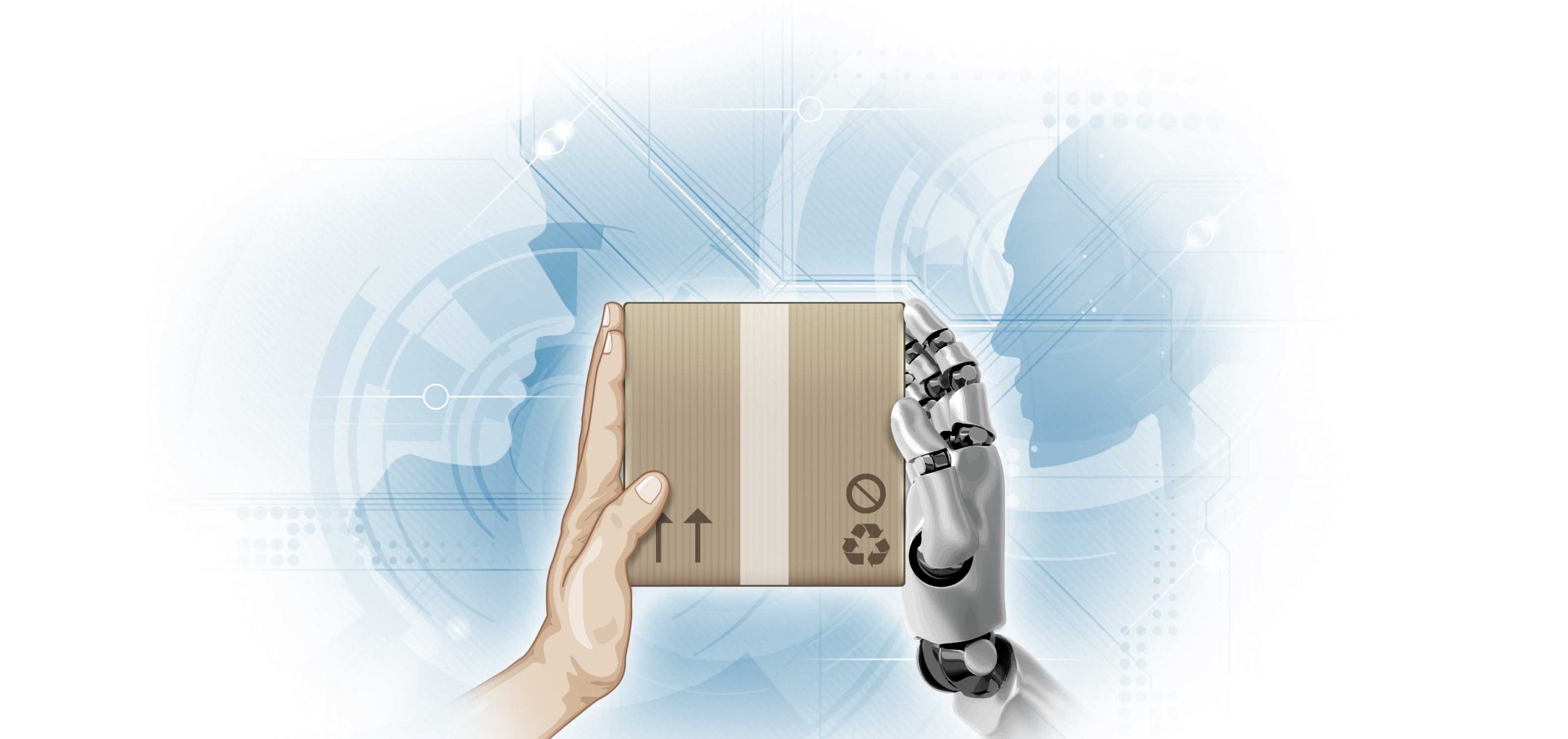
<!--[CDATA[
Advanced technology is just arriving in the delivery space and by 2020 it will be in full swing. What will it look like and how can we prepare? An essay by Dr. Michael Lierow
Drones, Amazon Flex, Uber, crowd-sourced delivery, in-store production, 3D printing, driverless vehicles, digitalization, industry 4.0… Did I miss any of the recent buzzwords that are currently swamping the tech blogs when it comes to delivery innovation? Will delivery in 2020 really be that different from how it is now? Let’s have a look at what we know and what we don’t know and connect the dots.
It’s all about the consumer: 2B and 2C consumers will drive delivery volumes in the future. 2B in terms of, for example, spare parts for cars, IT servers, machines; and 2C of course largely driven by ever-newer segments of e-commerce coming online.
Customer convenience
Even more so, it’s about customer convenience. And customer convenience can be driven by many dimensions, such as different delivery speeds and locations, customer-defined delivery times, return options and packaging. It also includes product dimensions, like individualization of a running shoe, installation of a TV or hi-fi set, seamless replenishment.
These changes imply not only ultimate speed, like Amazon’s 90-minute deliveries, but also more customized, value-added services like ‘collect all parcels and send them to me Saturday morning when I am at home with the family’, or ‘install the TV in the morning to ensure I don’t miss the afternoon soccer game’.
Thus, it’s about the customer use cases that will drive delivery, the upstream supply chain and even production. In 2020, we will see a much more integrated – some say digitalized – delivery chain, where each good or parcel chooses its path through the supply chain and through different delivery options to best (1) fulfil the customer use case and reduce its hassle and (2) align with the customer’s willingness to pay.
It’s all about technology and data: Why did all of this not happen 10 years back? Besides the internet and online players, important new elements have come into play, including the availability of customer data (such as through connected devices), knowing and digitalizing the consumer’s current need, processing the data and routing goods accordingly.
It’s a journey from batch processing to real-time predictive forecasting and analytics. By 2020, mobile devices are likely to know when and where the consumer will be, and machine-learning algorithms will not only offer suggestions on when/where goods should best meet consumers but also suggest how much the consumer would be willing to pay for the service.
Increasing options
For Delivery 2020? If we take only the two elements of (i) 2B and 2C customer convenience and (ii) digitalization as our likely underlying drivers, we can already see significant implications:
- Increasing options. The range of delivery modes will increase, especially in cities and urban areas. The rationale is simple: as long as it further reduces the hassle for a relevant customer use case and the customer is willing to pay, it makes sense. Thus, yes, we will see more drone delivery, more integrated solutions of drones and parcel stations, more Amazon Flex-like services that allow for high service levels at low fixed costs but also still classic road-based, door-to-door services.
- Network response. It’s all about connecting the different supply chain and delivery options to a seamless supply chain network, which will replace the current (nearly) one-size-fits-all approach. Customized running shoes might find their way to the consumer via a direct injection into a drone depot parcel locker. The empty pack of diapers gets replenished by pressing the Dash button, while a predictive algorithm 24 hours earlier triggered fulfilment and put the parcel in the delivery truck.
- Joint value creation. Are the current ‘owners’ of delivery the best and most likely owners in 2020? That’s not impossible, but will require more innovation and change management than before. Value pools will shift toward data management, analytics and further development of platforms and interfaces. New technologies like managing a fleet of drones or exchanging batteries in self-driving vehicles at service locker stations are just two examples. At the end of the day, it’s a fair and strategic question as to which elements delivery companies should seek to control and where partnerships and a joint value creation approach would be more useful.
Who will win?
Who will win and who will lose, and what should companies do in 2016 to prepare for 2020?
- Understand 2B and 2C consumers and their use cases. Much of it is about owning consumer data, connecting the dots and drawing the right conclusion from multiple data points. Delivery players who understand this should seize territory quickly, as it won’t be up for grabs for much longer than the coming six to 12 months.
- Develop delivery solutions jointly with horizontal and vertical partners, from the consumer perspective of reducing hassles.
- Be fast and a lot more flexible than in the past. Don’t think in terms of fixed budgets but of trial and error and rapid testing of new ideas. Failure is not in abandoning 90 percent of your ideas, but in having tried only the wrong ones.
Overall, delivery in 2020 will be significantly different than it is today. We are now beginning to see the start of logistics digitalization. By 2020, it will be in full swing, with new players and new forces at work and, most of all, a step change in delivery convenience.
This article was published in Delivered., the Global Logistics Magazine from DHL.
![Dr. Michael Lierow, partner at Oliver Wyman in Munich [Illustration: André Gottschalk for Delivered., DHL]](http://dhl-freight-connections.com/wp-content/uploads/2016/10/SO_Delivered_Lierow_Content-246x300.jpg)



